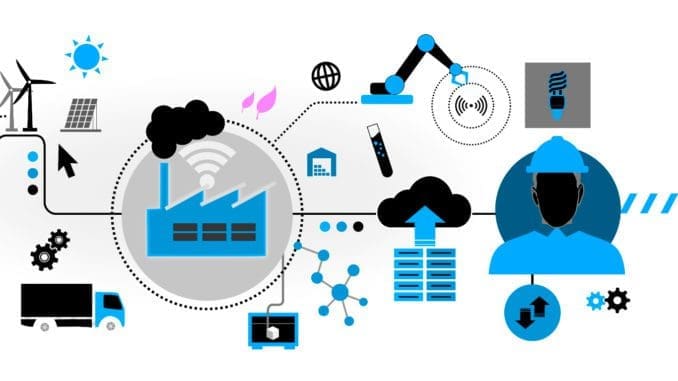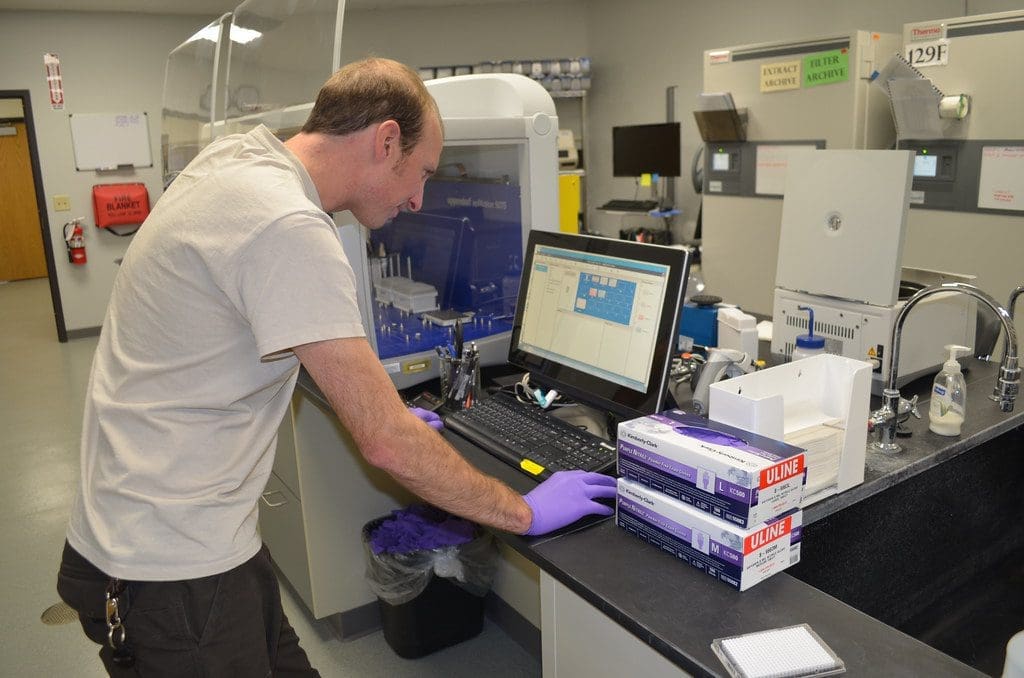
Over the past few years, robotic process automation (RPA) has emerged as one of the most fundamental initiatives helping companies increase productivity for long-term success. While robotic process automation (RPA) is only one component of today’s business technology landscape, it is frequently the first taste of the time and labor savings that automation can provide. If you are new to automation and want to know more about RPA, here are some basic RPA Fundamentals.
What is Robotic Process Automation?
RPA, or robotic process automation, is a software technology that streamlines the creation, deployment, and management of software robots that mimic human actions when engaging with digital systems and software. Software robots, which mimic human intelligence, can do things like read text on a screen, type the correct sequence of keys, traverse complex systems, recognize and extract relevant data, and carry out a wide variety of predetermined tasks. However, software robots can complete tasks quicker and more consistently than humans, and they don’t get tired or need to take breaks.

Why Robotic Process Automation?
Boost Productivity Across the Board
The advantages of RPA automation can be boiled down to a single idea: free up human workers to do what they do best while automating the chores that get in their way.
Improve Efficiency to Generate Savings
Productivity gains are necessary for reasons beyond relieving workers of mundane drudgery. Reduced expenses are the result of combining a human staff with RPA tools.
Hit Accuracy Goals with Reliable Consistency
Accounts payable errors are a frequent source of unexpected expenses for businesses. Your company may have to deal with double payments if your staff duplicates bills due to a transposed digit in a purchase order number. By implementing an automated system, you can ensure that all data is accurate within a single digit.
Improve Business Data Security
As of the prevalence of data breaches and disclosures in the current environment, upper management may be wary of the safety of such systems. The possibility of leaks between platforms is reduced significantly if your team meticulously manages and specifies RPA parameters through RPA Training. Choosing a solution that has been around for a while and is still being worked on will inspire more trust in its safety.
Current Trends in RPA
Low-Cost RPA Vendors and Hyper-automation System with RPA
With so many RPA providers now available, the industry is highly competitive. With the growing demand for RPA, many new, inexpensive RPA providers have entered the market. As a result, many leading Best RPA Training In Hyderabad have started to outfit their offerings with hyper-automation tools such as machine learning, Artificial Intelligence, optical character recognition, and data mining.

Establishment of RPA CoE (Center of Excellence)
RPA Companies with a center of excellence (CoE) in RPA have a unified team responsible for rolling out the process across the company. IT specialists, consultants, process administrators, and other specialists from different groups are all part of this group. The primary objective of a Center of Excellence is to implement procedures and a framework for management that will maximize ROI.
Increased rate of adoption of Managed RPA Service Providers
Businesses struggled to implement RPA due to its technical complexity, but this was mitigated by the cheap cost of RPA services trained from EmergenTeck (Kausal Vikash) provided by several service providers. Costs associated with deployment, infrastructure, and manpower planning make RPA implementation easier for many businesses.
What Makes RPA So Powerful?
Robotic process automation (RPA) software employs bots to automate the repetitive application duties that humans would otherwise handle. In the same way, humans can enter into various programs, copy and paste data, move files and folders, fill out forms, scrape browsers, and extract structured and semi-structured data from documents; RPA robots can also do so. RPA allows combining front- and back-end programs without any hiccups. Back office software bots automate background or unattended tasks, while front office bots aid in streamlining and simplifying customer-facing activities like sales and customer care. Reporting, file transfers, and system tracking are all examples of back-office tasks.
RPA: Key Methods and Techniques
Organizations that use robotic process automation (RPA) bots in the hiring of new workers can-
- Set up a bot to email and distribute company updates to workers.
- Make a data and tool access site that users can use independently.
- It’s time to do some data checking, so break out the OCR and some smart data handling.
- Make a consolidated database that everyone can use.
- Make available AI agents to aid support desk personnel.
- Help resolve support tickets and questions with bot help.
- Develop IT-based, cross-departmental process automation, and collaboration between human resources, finance, and administration becomes a breeze.
RPA and Automation
Robotic process automation (RPA) is a method that can be computerized with the help of rule-based inquiries and automated service technology. That’s why it’s been likened to useful programs like spreadsheets and anything that relies on scripting the same actions over and over.
Robotic process automation (RPA) is built to look, talk, and behave like a human worker. RPA is more effective than AI because it uses predictive analytics to foresee where human intervention will be needed, freeing up time for humans to implement machine learning techniques and boost productivity. Another perk of RPA learned from Robotic Process Automation Online Training is how cheaply it can be implemented. The tool can be taught new skills by providing data and a history of previous choices.
How RPA Is Expanding?
The use of RPA has increased dramatically recently. Since its inception with RPA, the industry has developed into a mature market where all major suppliers provide some form of an automated process. The use of this technology by businesses has recently increased as a means to improve customer support and boost productivity.
The need to streamline operations is a key factor in this expansion. Customers now have many more choices as more businesses move their activities online. Customers may experience anxiety because they cannot confidently purchase without access to the businesses’ knowledge bases. Hence, as they can’t ask questions or get answers from the business, it’s hard for them to make a call. RPA online training solves this problem by expediting the customer’s ability to locate and use relevant information. With the help of RPA, businesses can save time and effort in gathering and storing client feedback.

Be the first to comment